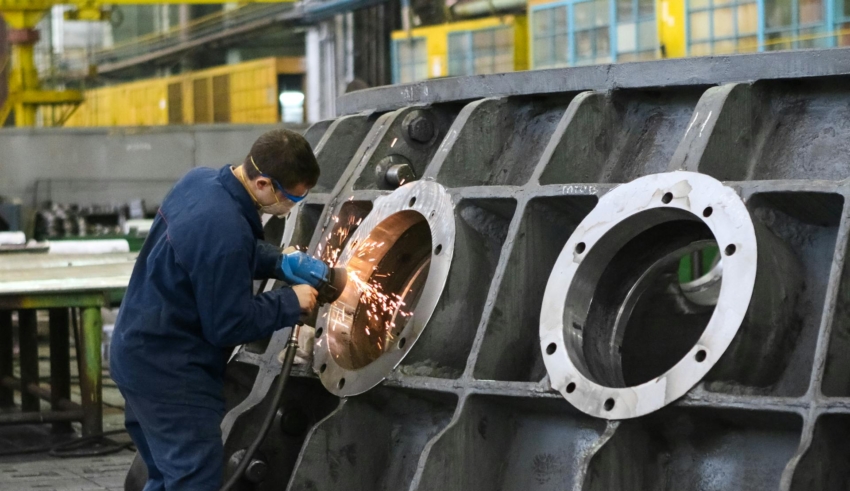
Today’s fast-paced industrial world demands increased productivity and efficiency. Automation systems have become critical tools for optimizing productivity across all industrial sectors. A vital component of these automation systems is the cable carrier. These carriers are often called drag or energy chains and are integral to automation systems.
These chains guide and protect the automation machinery’s electrical cables, pneumatic lines, and hydraulic hoses. When used safely and correctly, these cables become lifelines for automation, enhancing their lifespan and performance. Improving Automation Efficiency with Cable Carriers begins with choosing the right carrier.
Table of Contents
Choosing the Right Carrier for Your Application
Each application requires a specific cable carrier designed for various movement types, environmental conditions, and loads. High-speed machinery requires cable carriers to handle fast and repetitive motions without causing excessive wear and tear to the cables and hoses they protect. Some applications require long travel distances or extra heavy loads. It is essential to consider the application before selecting a carrier.
Cable Arrangement Matters
How manufacturers arrange the cables and hoses inside the carrier matters for performance. One of the most common mistakes is overcrowding, which can lead to excessive wear and tear to the internal components. The cables and hoses rub against one another, causing friction and increased damage.
Care must be taken to arrange the cables and hoses precisely. They must have plenty of room and not become tangled with the carrier’s movement. Manufacturers must also ensure they do not place a load that is too heavy inside the carrier.
Ensure Proper Tension and Support
The cable carrier must maintain the proper tension to protect its lifespan and prevent damage to the internal components it protects. The carrier should not be overly loose because it can sag or bend, causing damage. Ideally, heavier loads or long travel carriers should be protected with support at precise intervals to reduce any strain on the carrier or cables.
Maintain the Bending Radius
Realize that the internal cables and hoses must have room to bend within their specified radius so they do not become damaged. You must choose a cable carrier designed to work within the confines of the cables’ bending radius. The carrier should allow the cables and hoses to bend smoothly without tangling or kinks. Monitor the bending radius often to avoid excessive damage.
Perform Regular Inspections and Maintenance for Increased Production
Cable carriers need regular maintenance to keep them working effectively. Because automation systems run constantly, there is a great risk of wear and tear. Regular inspections look for signs of minor damage before it becomes severe. It is also important to lubricate the carrier regularly as needed to help reduce friction.
Maximize Efficiency with Proper Cable Carrier Management
Cable carriers are critical in the world of automation. Not only do you need to select the right cable carrier for the application, but it must also be maintained. Regular inspections and maintenance keep cable carriers operating efficiently and help increase automation productivity. By loading the cable carrier correctly and ensuring its proper function, you can avoid excessive wear and tear, protecting the lifespan of your equipment.

















